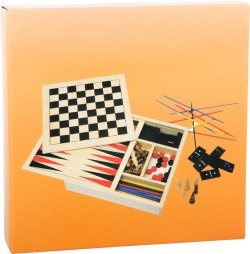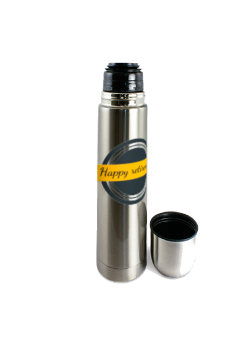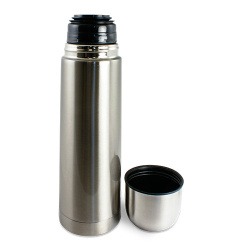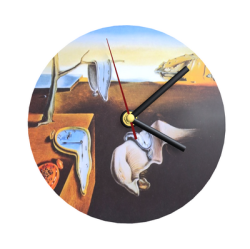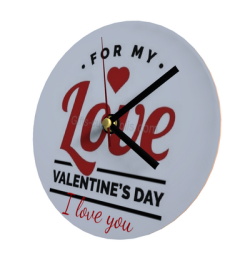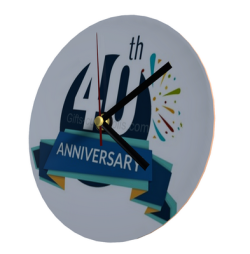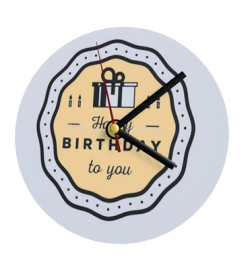Classic 4 in 1 games
5 MOMENTS THAT MARKED THE HISTORY OF CHESS
1. The coronation of the queen: In 1450, chess knew the coronation of the queen. To make the games faster, it was decided to allow the queen to go as far as desired and in all directions.
2 Staunton pieces: Howard Staunton, who was a great chess player, had unique pieces built. These pieces are still used today as a world standard in his name.
3. The clock: In 1861, the first chess clocks appeared, making the games much faster and more dynamic, and therefore, much more competitive.
4. The first world champion: Wilhelm Steinitz is the first world champion in 1886.
5. the age of silicon: IBM creates a computer capable of beating the world champion of the time, Garry Kasparov, in 1989.
Chess game as a tool for reconstruction
Throughout history, games and sports have helped humanity survive times of crisis by reducing anxiety and improving mental health. In 2020, while restrictions imposed to limit the spread of COVID-19 have severely limited most of these activities, chess has shown remarkable resilience, adaptability and convening power in times of pandemic.
Since the start of the COVID-19 pandemic, general interest in chess has doubled, with an increase in the number of players gathering to participate in chess events on online platforms.





































